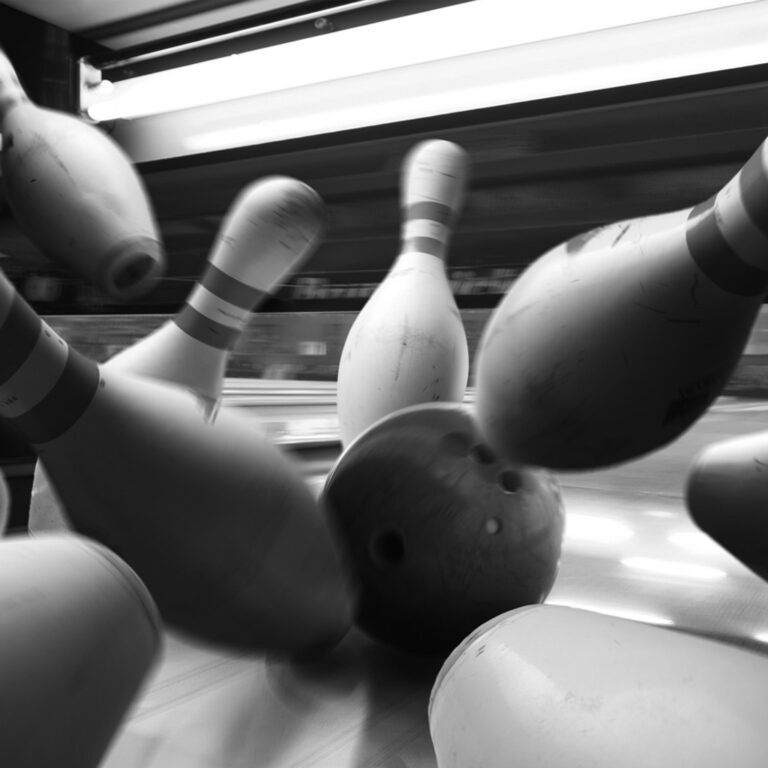
PLAYER RESOURCES: LANE PATTERNS
In ten-pin bowling, a “sport pattern” refers to a specific oiling pattern or condition applied to the lane’s surface, affecting how the ball behaves as it rolls down the lane. Sport patterns are distinct from the typical house patterns used in recreational bowling. They are designed to challenge and test a bowler’s skill, accuracy, and adaptability, making the game more competitive and demanding. Here are some key characteristics of sport patterns:
1. **Oil Placement:** Sport patterns involve applying oil to the lane surface in a way that differs from the typical house patterns. The oil is distributed more evenly across the lane but in varying lengths and volumes. This results in a more complex and challenging playing field.
2. **Oil Length:** Sport patterns can range from short to medium to long oil patterns. Short patterns have less oil in the front part of the lane, while long patterns extend the oil down the lane. Medium patterns fall in between. The choice of pattern can significantly affect how the ball travels.
3. **Oil Volume:** The amount of oil applied to the lane can vary, making it essential for bowlers to adjust their shot strategy accordingly. Heavier oil patterns require a different approach compared to lighter ones.
4. **Breakpoint:** The point at which the bowling ball transitions from skidding to hooking is called the breakpoint. Sport patterns often have a more defined and challenging breakpoint location, making it crucial for bowlers to accurately predict and control the ball’s path.
5. **Scoring Challenge:** Sport patterns tend to reduce the likelihood of high scores, as they demand precision and consistency. Strikes and spares become harder to achieve, making it more difficult for bowlers to accumulate high scores.
6. **Skill Emphasis:** Bowlers on sport patterns must rely heavily on their skills and adaptability. Proper technique, accuracy, and the ability to read lane conditions are crucial for success.
7. **Equipment Selection:** Choosing the right bowling ball and adjusting its surface can be critical on sport patterns. Bowlers often use balls with different coverstocks and core designs to match the specific lane conditions.
8. **Mental Toughness:** Sport patterns can be mentally challenging, as they may require bowlers to adapt quickly and make strategic decisions based on the changing conditions.
Sport patterns are commonly used in competitive bowling tournaments to ensure a level playing field and to separate highly skilled bowlers from casual ones. They add an extra layer of complexity and excitement to the sport by emphasizing the bowler’s ability to adapt and excel in various lane conditions.

